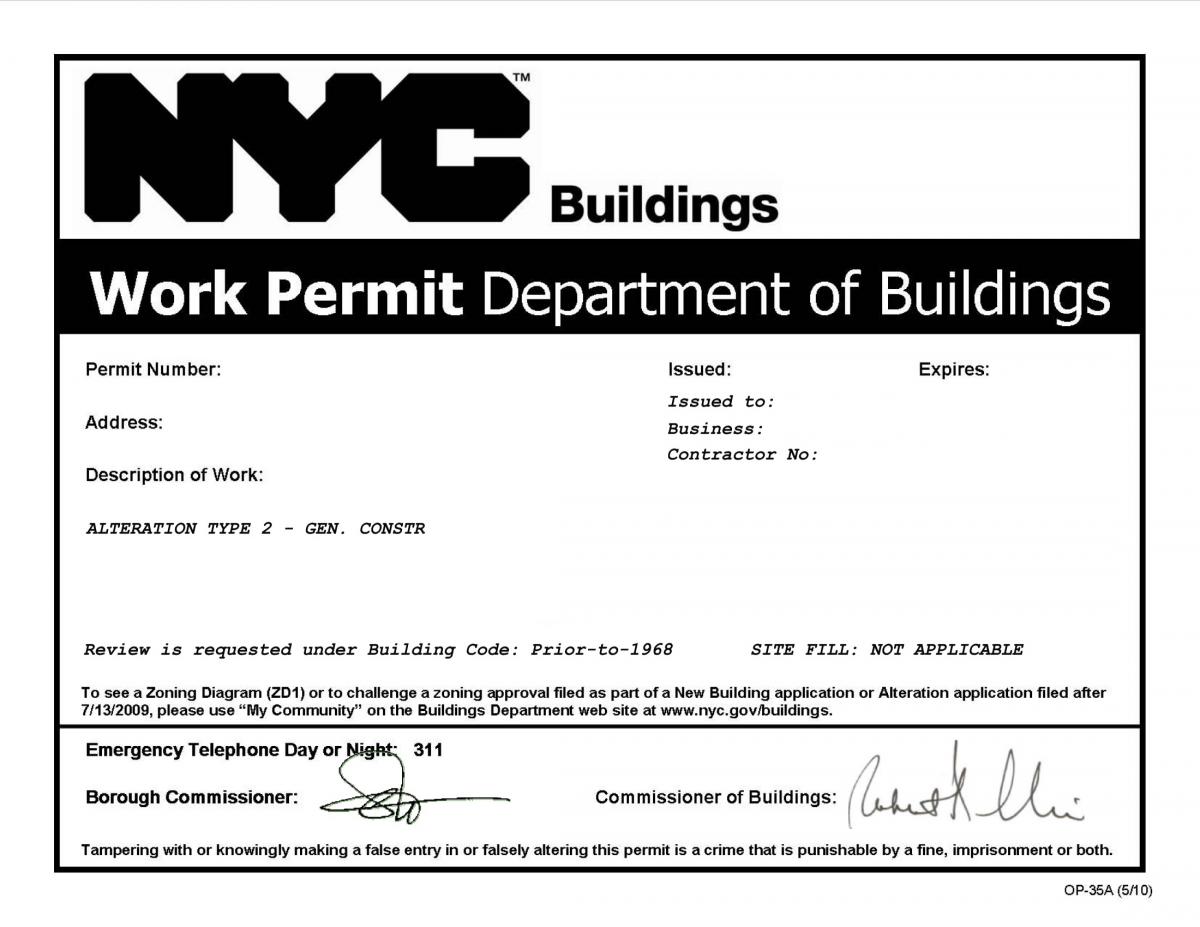One of the most critical decisions in facility management involves whether an expense should be classified as a capital expenditure (CapEx) or an operational expenditure (OpEx). While this may sound like accounting semantics, the distinction has implications for budgeting and financial planning.
What is CapEx?
Capital expenditures are long-term investments in assets that will provide value for more than one year. In the context of facility management, CapEx typically covers:
• Major renovations or upgrades: These include substantial building improvements, such as replacing an HVAC system, reconfiguring office layouts, or installing solar panels.
• New construction: Building a new building, renovating office spaces, or even adding a parking deck.
• Equipment purchases: Large, durable equipment such as generators, security systems, or energy-efficient lighting.
These investments are usually high in cost but are spread over multiple years through depreciation. As a result, CapEx projects often go through a rigorous approval process and require detailed financial forecasting.
What is OpEx?
Operational expenditures cover the day-to-day costs of running a facility. Unlike CapEx, OpEx is immediately expensed in the fiscal year it is incurred. Examples include:
• Routine maintenance and repairs: Fixing a leaky pipe, replacing broken windows, or servicing the HVAC system.
• Utilities: Energy costs, water bills, and other monthly expenses.
• Facility staff wages: Salaries for janitors, maintenance staff, and security personnel.
These expenses are predictable and recurring, making them easier to budget for but less flexible in terms of long-term investment.
Why the Distinction Matters
The challenge in facility management is determining which side of the CapEx/OpEx line an expense falls on, and this often requires strategic consideration.
For instance, is upgrading your HVAC system an immediate repair (OpEx) or an overhaul that improves efficiency and lifespan (CapEx)? Facility managers are usually tasked with day-to-day operations, which fall under OpEx, while the Capital Construction side handles long-term CapEx projects.
Budgeting and Strategic Planning
The distinction between CapEx and OpEx has significant implications for budgeting:
• CapEx requires upfront capital and is often tied to multi-year projects. If you plan to expand or renovate, understanding which costs can be classified as CapEx allows you to spread out expenses over time.
• OpEx affects your operating budget and cash flow in the current year. It can be easier to approve smaller, recurring expenses like repairs and maintenance, but these don’t provide long-term benefits or improvements to the asset’s value.
Both CapEx and OpEx decisions should align with your broader facility strategy. For instance, if you aim to reduce energy costs over time, investing in CapEx projects like gas to electric HVAC conversions may provide a long-term ROI, even if the upfront cost is high. Meanwhile, keeping OpEx costs low by focusing on preventative maintenance can ensure operational efficiency.
Classifying which upgrade falls into which category requires coordination between the Capital Construction and Facility Management teams. By understanding how these two types of expenditures impact your bottom line, you can better align your spending with your long-term goals and ensure you’re making the most of your facility investments.
Discover more from Helping NYC & Long Island Commercial Tenants, Owners, and Developers
Subscribe to get the latest posts sent to your email.




